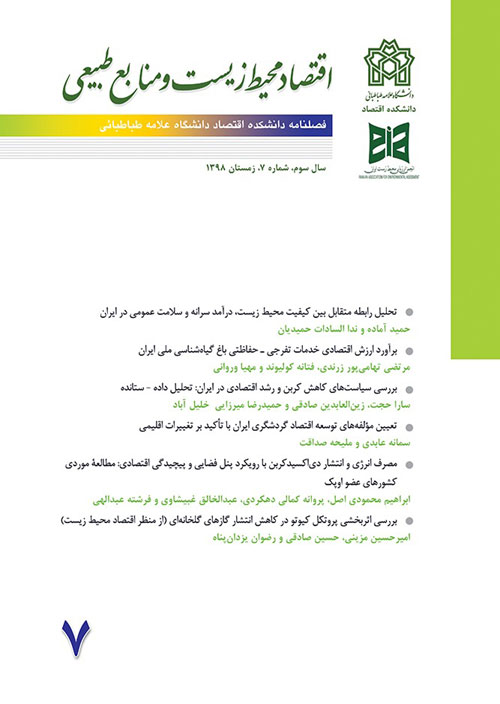Investigating Carbon Reduction and Growth Policies in Iran by Input -Output Analysis Approach
This paper investigates carbon mitigation policies and economic growth in Iran using the input-output analysis approach. The input-output table was first updated for 2015. Using the data in the Iranian Energy Balance Sheet and the Iranian Statistics of Industrial workshops, the CO2 consumption and its emission were calculated. We have then examined the policies for carbon reduction and economic growth in Iran. The results show that food products, base metals and residential buildings are ranked, respectively, as the first, second and third contributors in energy consumption increase as well as the increase in CO2 emission towards enhancing the rate of economic growth. The results also indicate that in the sectors of marine transport services, wholesale and retail services, and public services energy consumption should be reduced for the 10% increase in economic growth. It is concluded that alongside economic growth the fuel consumption and carbon dioxide emissions will increase, hence necessitating the use of alternative substitutable energies in order to reduce the pollution.
-
Investigating the effect of environmental regulation on the green productivity of Iran's provinces
Mohammadmehdi Bahadini, *, Salim Karimi Taklo
Journal of Industrial Economics Research, -
Investigating the effects of issuing national digital currency on Iran's monetary policies using the system dynamics method
Shokooh Mahmoodi*, Seyed Abdulmajid Jalaee, , Alireza Shakibai
The Economic Reseach,



